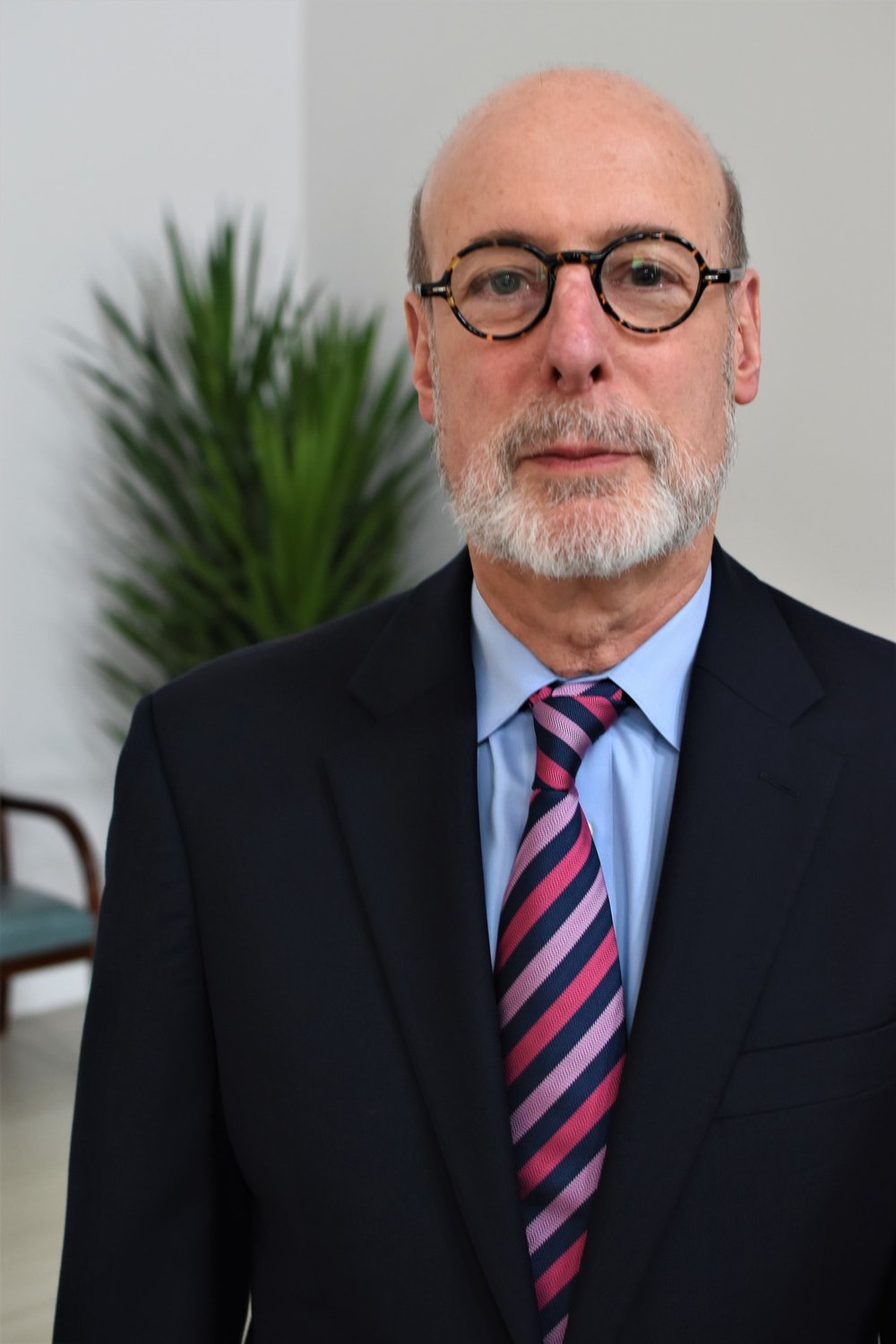
About the Speaker:

This is the third lecture in the CME Online Billing and Coding Lecture Series. This lecture will address what is in most podiatric practices the number one issue that patients seek care for from a podiatrist. This issue is "At Risk," Routine Foot Care. This is an extremely important patient base to appropriately treat. If an untrained person or the patient him or herself attempted to perform the debridement or trimming of toenails or the cutting or paring of corns and calluses, the patient runs the risk of an infection, or even worse, the loss of a limb. That is why it is classified as "At Risk" and clearly it is not "Routine." Based upon the fact that this is the number one patient group that podiatrists see and treat, and it is the core of most podiatric practices, the procedure codes in question, 11055, 11056, 11057, 11720, 11721, 11719 and G0127 are billed extensively. Since Medicare/CMS audits physicians based primarily upon trends and patterns, this is a highly audited group of procedure codes. As you can see, the performance of Routine Foot Care is important to not only the patients, but to the physicians as well. It is apparent that the patients are not the only ones "At Risk."
Learning Objectives: At the end of the educational program, the learner will be able to:
Components

About the Speaker:
$59.00
Intended Audience : Medical Providers
No refunds are available for online courses
In accordance with the Council on Podiatric Medical Education's Standards and Requirements for Approval of Providers of Continuing Education in Podiatric Medicine, any relevant financial relationships with commercial interests of faculty, planning committee, or any others who have influence over the content of this educational activity must be disclosed to program participants. Neither the speaker nor the planning committee have any commercial interests to disclose.
No commercial interest provided financial support for this educational activity.
CME Online is approved by the Council on Podiatric Medical Education as a provider of continuing education in podiatric medicine. CME Online has approved this activity for a maximum of 1.85 continuing education contact hours.